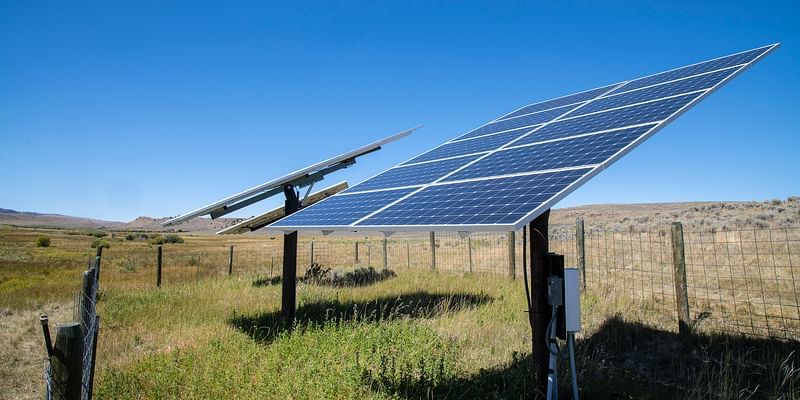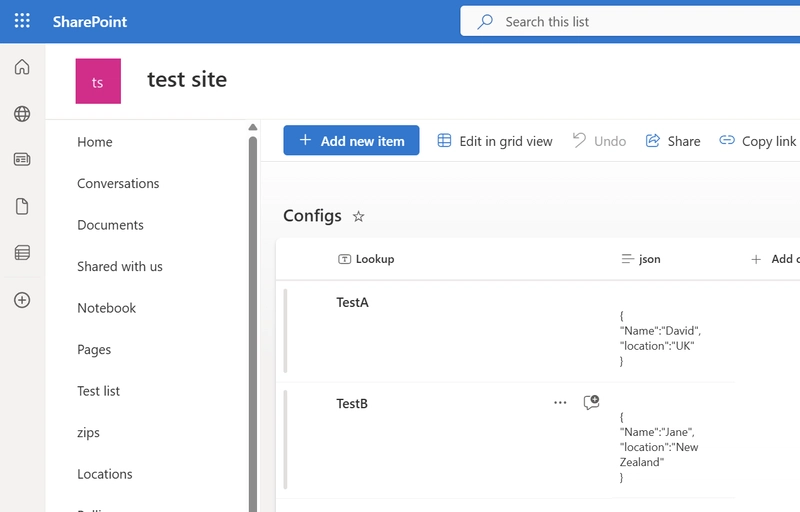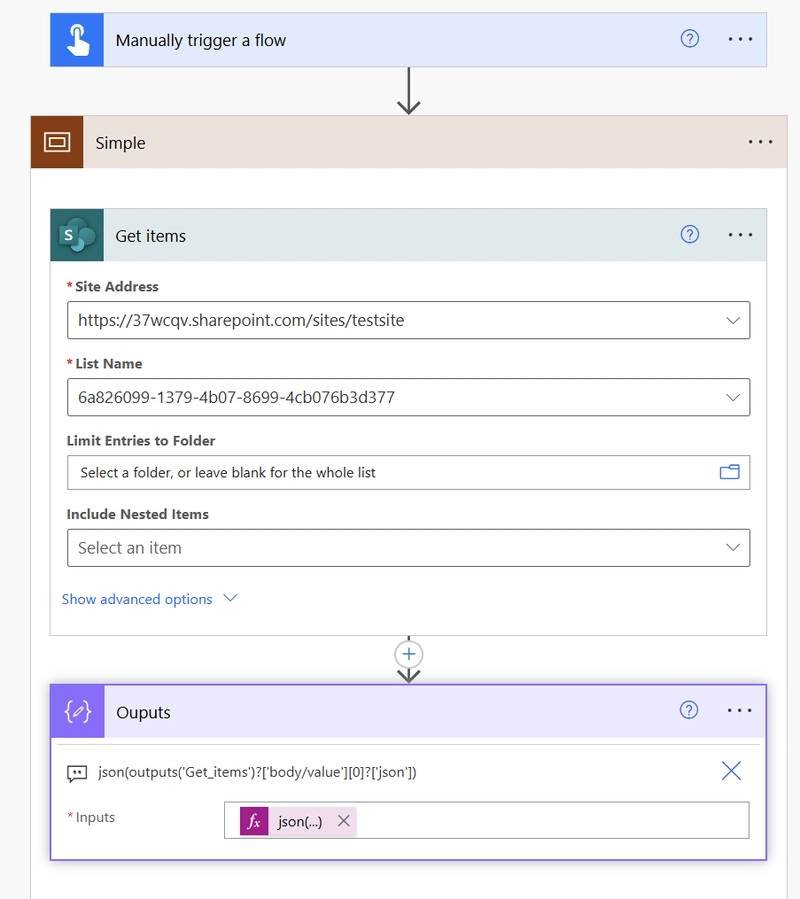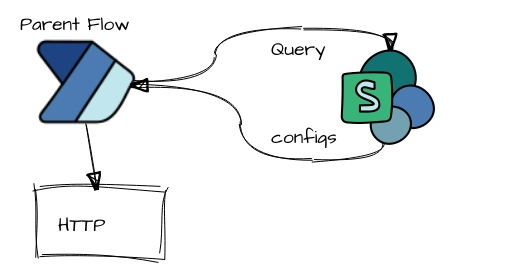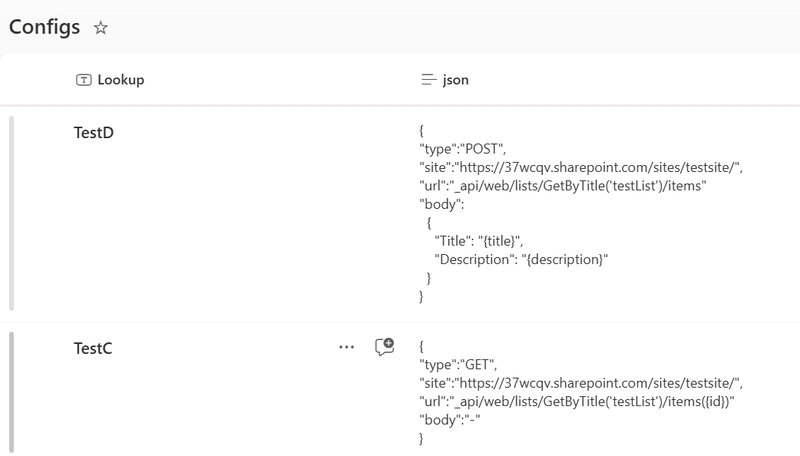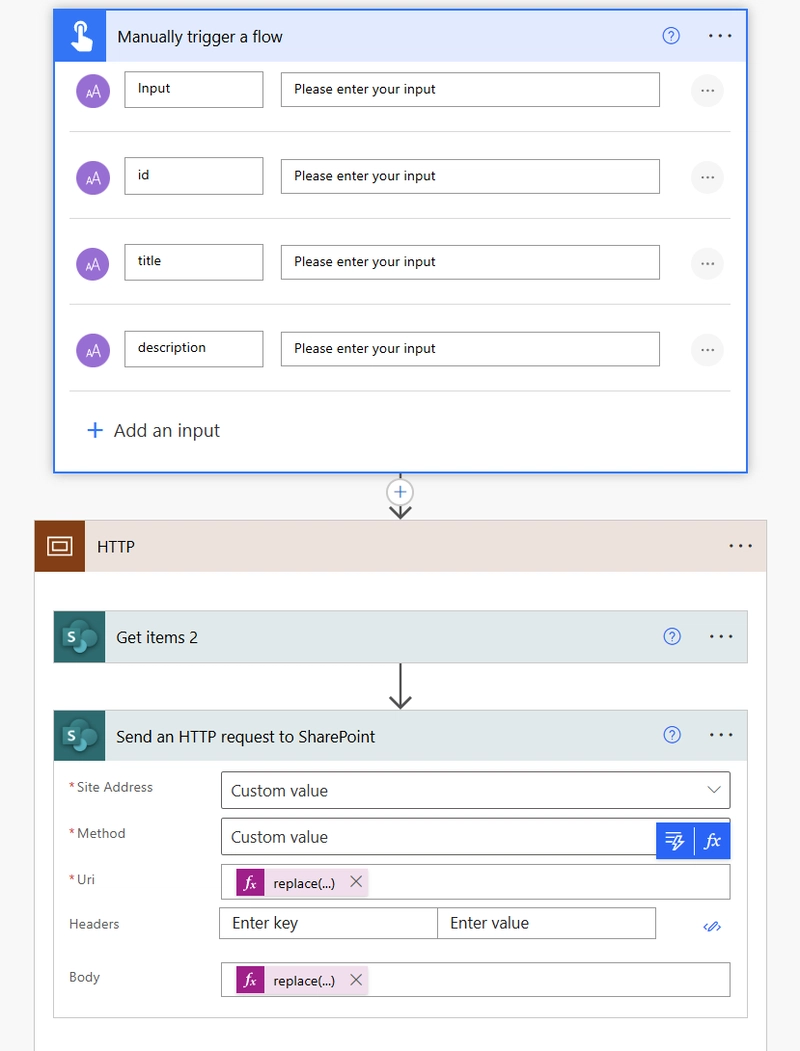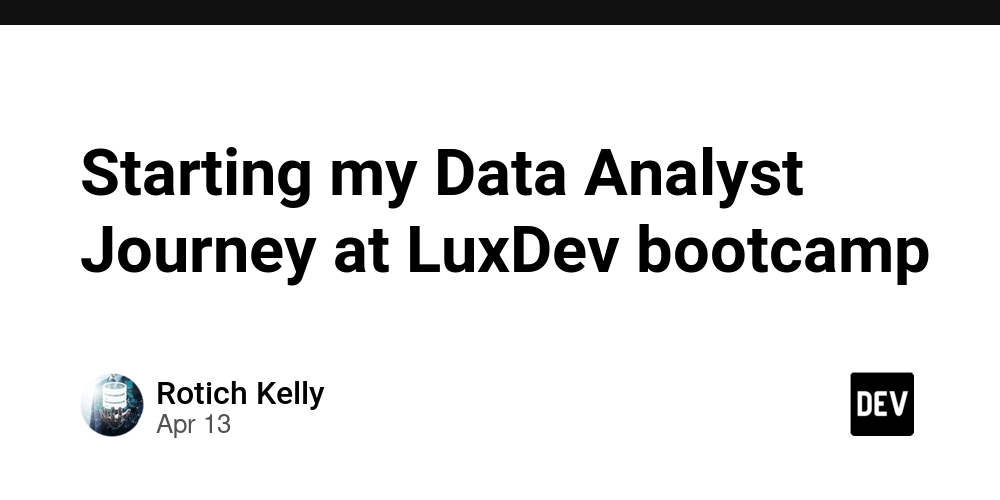Power Automate - The Super Switch
The Switch() in Power Automate is a little interesting to me, in theory its a lookup, which any Excel user will tell you is probably the most fundamental function of Excel (v/xlookup of course). And as Power Automate is aimed at citizen developers who most likely used Excel before, its strange its not used very often. I see nested If()'s all the time, but rarely a Switch, and I think its for a few reasons: Templates & Copilot prodomently use If() Most documentation/blogs/guides use If() Switch() can only do one logic (each branch can only check same thing) It doesnt scale well In the designer the horizontal expansion is not user friendly I think its probably the last two that have the the biggest impact. It doesn't scale well Continually having to add branches is not the best way to scale. This often requires duplication of code, and worst of all a deployment. In the designer the horizontal expansion is not user friendly Working on a big Switch() is simply awful, scrolling sideways is goes against all the muscle memory of moving vertically. And because the rest of the flow is vertical you have to do a lot of scrolling to got back on path. The new UI is definitely an improvement, especially with the zoom, but that bad first impression will take a lot to get over. Luckily there is a better way to do a Switch(), which scales infinitely and is a lot easier to build with. The Super Switch() does 2 important things, keeps everything vertical, and best of all, outsources the branches from Power Automate (well kind of). There are 3 levels to the Super Switch: Variables HTTP Delegated Variables The way the Super Switch works is following the Excel way, we move the branches to a table (either SharePoint or Dataverse). We use the filter query to get the record we like and then it returns our configs/variables. We then pass those configs into our actions and we get our branching logic without branches. As you may have guessed, because we are only have variables to use, it won't be able to do actions, well actually it can, and that's when it gets a little more complex. 2. HTTP So if we are limited to just variables then lets use a action that is more flexible, and you guessed it that's the HTTP actions. We are now limited to Microsoft Graph endpoints but that covers a lot of scenarios (you could use the http action and do a lot more, but be careful how you store any credentials to auth). Our look up table can pass the end points we want, so we are no longer scoped to same actions per branch, just same connections. We use the replace() function to update the config response (good news is if the placeholder for the input isn't there it is simply ignored), so we are not limited to same inputs per branch. Example In the below example we are doing a get item and a create item, they use some inputs that are the same, but the get has dynamic url, and the create a dynamic body. As you can see the replace() is used on both of the dynamic inputs, the create doesn't have a '{id}' so the replace() function just returns the raw input, just as we want. And as the the get body is blank, it does the same. site json(outputs('Get_items_2')?['body/value'][0]?['json']?['site']) type json(outputs('Get_items_2')?['body/value'][0]?['json']?['type']) url replace( json(outputs('Get_items_2')?['body/value'][0]?['json']?['url']) , '{id}' , triggerBody()['text_1'] ) body replace( replace( json(outputs('Get_items_2')?['body/value'][0]?['json']?['body']) , '{title}' , triggerBody()['text_2'] ) , '{description}' , triggerBody()['text_2'] ) We can also be creative, with branches for all connections or run afters, and use coalesce to get the action that responds. 3. Delegated So you need full flexibility, with totally different actions in each logic branch, well there is a way and that's to delegate the actions to Child Flows
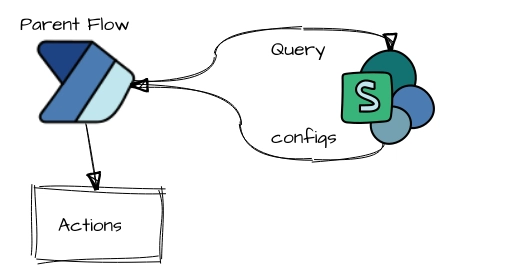
The Switch() in Power Automate is a little interesting to me, in theory its a lookup, which any Excel user will tell you is probably the most fundamental function of Excel (v/xlookup of course). And as Power Automate is aimed at citizen developers who most likely used Excel before, its strange its not used very often.
I see nested If()'s all the time, but rarely a Switch, and I think its for a few reasons:
- Templates & Copilot prodomently use If()
- Most documentation/blogs/guides use If()
- Switch() can only do one logic (each branch can only check same thing)
- It doesnt scale well
- In the designer the horizontal expansion is not user friendly
I think its probably the last two that have the the biggest impact.
It doesn't scale well
Continually having to add branches is not the best way to scale. This often requires duplication of code, and worst of all a deployment.
In the designer the horizontal expansion is not user friendly
Working on a big Switch() is simply awful, scrolling sideways is goes against all the muscle memory of moving vertically. And because the rest of the flow is vertical you have to do a lot of scrolling to got back on path. The new UI is definitely an improvement, especially with the zoom, but that bad first impression will take a lot to get over.
Luckily there is a better way to do a Switch(), which scales infinitely and is a lot easier to build with.
The Super Switch() does 2 important things, keeps everything vertical, and best of all, outsources the branches from Power Automate (well kind of).
There are 3 levels to the Super Switch:
- Variables
- HTTP
- Delegated
Variables
The way the Super Switch works is following the Excel way, we move the branches to a table (either SharePoint or Dataverse). We use the filter query to get the record we like and then it returns our configs/variables.
We then pass those configs into our actions and we get our branching logic without branches.
As you may have guessed, because we are only have variables to use, it won't be able to do actions, well actually it can, and that's when it gets a little more complex.
2. HTTP
So if we are limited to just variables then lets use a action that is more flexible, and you guessed it that's the HTTP actions. We are now limited to Microsoft Graph endpoints but that covers a lot of scenarios (you could use the http action and do a lot more, but be careful how you store any credentials to auth).
Our look up table can pass the end points we want, so we are no longer scoped to same actions per branch, just same connections.
We use the replace() function to update the config response (good news is if the placeholder for the input isn't there it is simply ignored), so we are not limited to same inputs per branch.
Example
In the below example we are doing a get item and a create item, they use some inputs that are the same, but the get has dynamic url, and the create a dynamic body. As you can see the replace() is used on both of the dynamic inputs, the create doesn't have a '{id}' so the replace() function just returns the raw input, just as we want. And as the the get body is blank, it does the same.
site
json(outputs('Get_items_2')?['body/value'][0]?['json']?['site'])
type
json(outputs('Get_items_2')?['body/value'][0]?['json']?['type'])
url
replace(
json(outputs('Get_items_2')?['body/value'][0]?['json']?['url'])
,
'{id}'
,
triggerBody()['text_1']
)
body
replace(
replace(
json(outputs('Get_items_2')?['body/value'][0]?['json']?['body'])
,
'{title}'
,
triggerBody()['text_2']
)
,
'{description}'
,
triggerBody()['text_2']
)
We can also be creative, with branches for all connections or run afters, and use coalesce to get the action that responds.
3. Delegated
So you need full flexibility, with totally different actions in each logic branch, well there is a way and that's to delegate the actions to Child Flows












































































































































































![[The AI Show Episode 144]: ChatGPT’s New Memory, Shopify CEO’s Leaked “AI First” Memo, Google Cloud Next Releases, o3 and o4-mini Coming Soon & Llama 4’s Rocky Launch](https://www.marketingaiinstitute.com/hubfs/ep%20144%20cover.png)

















































































































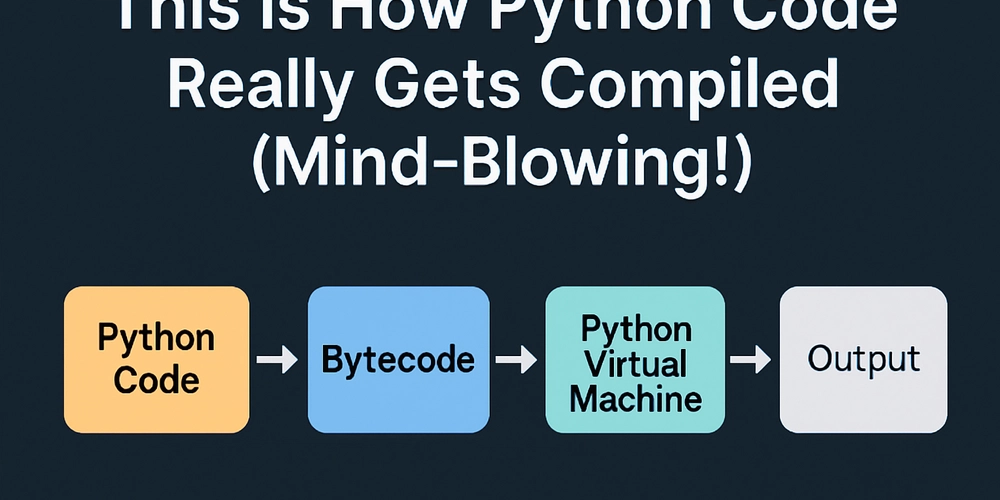
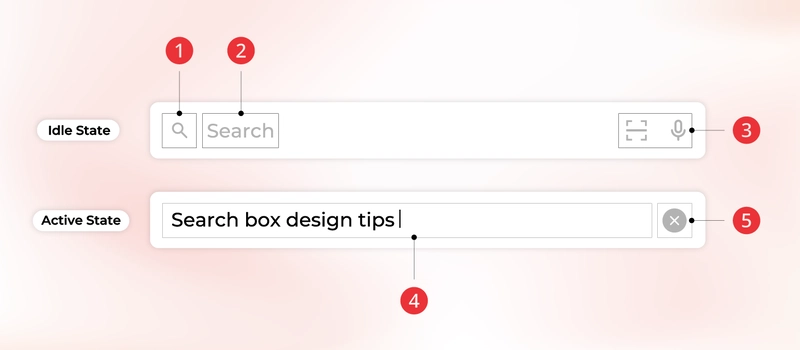

































































![Rogue Company Elite tier list of best characters [April 2025]](https://media.pocketgamer.com/artwork/na-33136-1657102075/rogue-company-ios-android-tier-cover.jpg?#)





























































































.webp?#)





























































































![Here’s the first live demo of Android XR on Google’s prototype smart glasses [Video]](https://i0.wp.com/9to5google.com/wp-content/uploads/sites/4/2025/04/google-android-xr-ted-glasses-demo-3.png?resize=1200%2C628&quality=82&strip=all&ssl=1)














![New Beats USB-C Charging Cables Now Available on Amazon [Video]](https://www.iclarified.com/images/news/97060/97060/97060-640.jpg)

![Apple M4 13-inch iPad Pro On Sale for $200 Off [Deal]](https://www.iclarified.com/images/news/97056/97056/97056-640.jpg)







































































